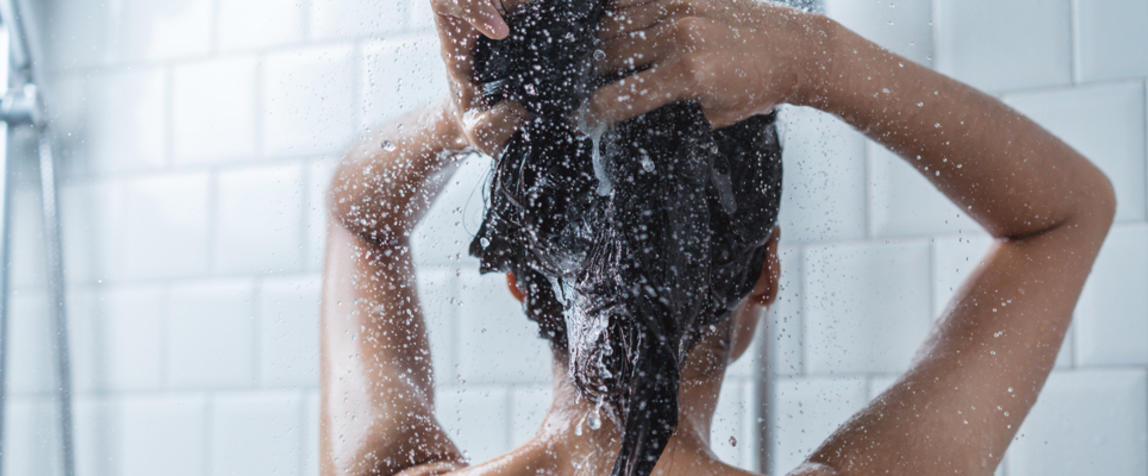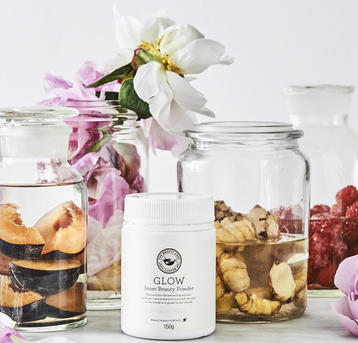P&G and Unilever dominate Australian shampoo market; L’Oréal first half sales reach a record US$16.5 billion; beauty and grooming key drivers in P&G’s 2019 sales of US$67.7 billion; and beauty and personal care sales in Western Europe to reach US$111.7 billion.
P&G and Unilever dominate Australian shampoo market
The No Poo movement and popularity of second day hair hasn't gained much ground. According to Roy Morgan Research, 15.7 million Australians buy shampoo in an average six months. A massive 16.4 per cent reach for a variant of Head & Shoulders to make the anti-dandruff brand the nation's most frequently purchased shampoo.
The P&G stalwart and two other of the personal care giant's powerhouse brands – Pantene and Herbal Esssences – account for 32.4 per cent of the Australian shampoo market, notes Roy Morgan. Unilever has a 23.7 per cent market share, thanks to the Alberto, TRESemme, Dove and Sunsilk brands. L'Oréal is the third placegetter with 13.7 per cent of the market through the Garnier Fructis and L'Oréal Paris ranges.
Millennial males aged 25 to 34 are the core demographic for Head & Shoulders, representing 60 per cent of total buyers. The top shampoo choice for women is Alberto. Over 1.35 million Aussie women purchase the brand and Gen Xers aged 35 to 49 are the prime market.
Pantene is a cross-demo favourite with 50 per cent of its purchasers aged 35 to 64 – covering Gen Xers and Baby Boomers. More Australians are buying shampoo than ever before with over 15.7 million buying shampoo today, up from 14.9 million four years ago, says Michele Levine, CEO of Roy Morgan. “Overall women do comprise a clear majority at 58 per cent of the shampoo market compared to 42 per cent of men”.
L’Oréal first half sales reach a record US$16.5 billion
L’Oréal’s global sales for the first half of the year posted the strongest growth in more than 10 years. Revenues jumped 7.3 per cent to US$16.5 billion. Travel retail was a bullet performer, with sales up 21.2 per cent in the first six months of the year to clear the 2 billion euro (US2.2 billion) milestone for the first time.
All divisions contributed to the standout result, led by L’Oréal Luxe. Propelled by its four hero brands – Lancôme, YSL Beauté, Giorgio Armani and Kiehl’s – sales spiked 13.2 per cent to US$5.66 billon.
Double digit growth was also delivered by the Active Cosmetics division – La Roche-Posay, SkinCeuticals, CeraVe, Vichy. The global demand for “healthy beauty” springboarded revenues to US$738.7 million – up 14.4 per cent.
L’Oréal Paris is the world’s number one beauty brand, buoying the Consumer Products division to US$3.6 billion – an increase of 2.8 per cent – over the period. Professional products sales edged up 2.7 per cent to US$976.35 million.
The Asia/Pacific region retained its grip on the title of number one regional market. China maintained its strong growth momentum and India, Malaysia, Indonesia and Vietnam all reported double digit growth.
Beauty and grooming key drivers in P&G’s 2019 sales of US$67.7 billion
P&G has reported a double dose of figures – revenues for the full fiscal year 2019 and the fourth quarter. The multinational heavyweight announced a sales increase of 1 percent over the previous financial year to US$67.7 billion, beefed up by a 4 per cent upsurge in Q4 to US$17.1 billion.
Beauty and grooming were prime movers in both results. Premium and masstige brands, SK-II and Olay, helped to increase sales by 7 per cent over 2018. Haircare organic sales from brands such as Head & Shoulders and Pantene delivered low single digit growth.
Gillette may be feeling increasing pressure from startup brands such as Dollar Shave Club and Harry's, but still boasted a sales jump of 4 per cent. The health care division, encompassing oral care and OTC treatments, did even better with a 10 per cent spike in revenues.
According to David Taylor, Chairman, president and CEO of P&G, the company met or exceeded core targets for sales and profits in fiscal 2019. Sales are expected to rise in fiscal 2020 to 3 to 4 per cent.
Beauty and personal care sales in Western Europe to reach US$111.7 billion
China may be enjoying explosive growth in beauty and personal care sales, but the world's most populous country has a long way to go to match Western Europe. Last year, the Western European beauty and personal care market achieved sales of US$97.86 billion – a global market share of 21.7 per cent. According to ReportBuyer, the UK-based market research collator, revenues are expected to reach US$111.7 billion by 2023.
Opportunities abound for international and Australian personal care and beauty brands, says the researcher. Skincare is the main act with close to 25 per cent of total value sales last year. Haircare ranks second with a 14.5 per cent market share. Pharmacy and drugstore sales are not as dominant in Western Europe as they are in Australia and the US. Supermarkets and hypermarkets accounted for 34.6 per cent of total value cosmetic and beauty sales in Western Europe in 2018, notes ReportBuyer.
Snippets from the Wires
- The Althea Group, the Australian medical cannabis company, recently gained an import licence to the UK. The rapidly growing business has acquired Peak Processing Solutions, the Canadian recreational cannabis player, for $30 million. Both the North American and UK CBD markets are enjoying spectacular growth and the buyout catapults Althea into global contention.
- Chemist Warehouse is extending its core business through a partnership with SmileDirectClub, the US company which specialises in clear teeth aligners at reasonable prices. The first Smile Shops will open in Victoria later this month – at Epping Homemaker centre, Box Hill Whitehorse Road and Karingal. Registered dentists and orthodontists will offer advice on the technology, which uses custom-made aligners made from BPA-free plastic produced by 3D printers.
- AuMake, the largest China-focused offline and online retail platform in Australia, enjoyed a sales increase of 31 per cent in the June quarter to $13 million. Online sales surged 89 per cent by contrast to the March quarter from $1.9 million to $3.6 million. The bulk of the company's sales to daigous and tour groups come from baby formula, vitamins and supplements and skincare.




